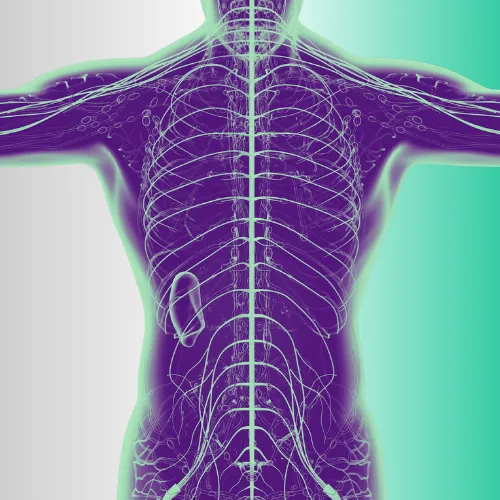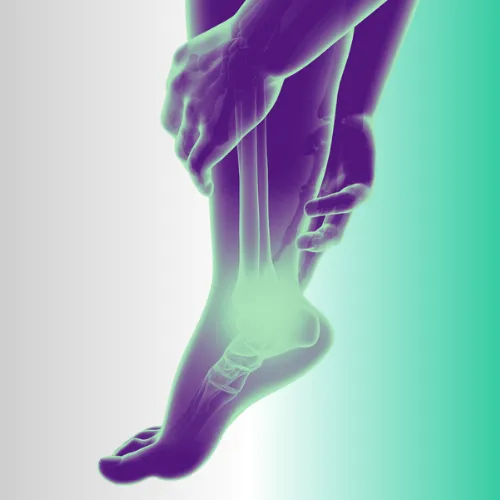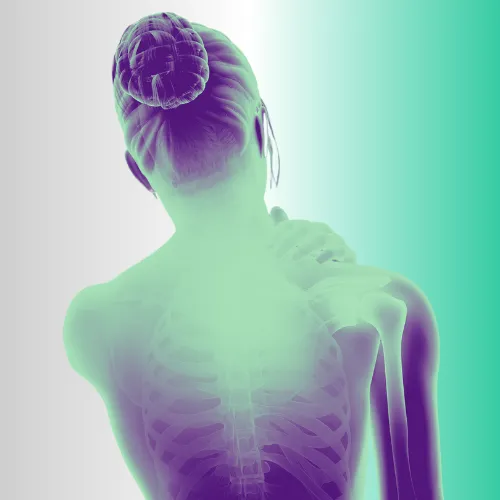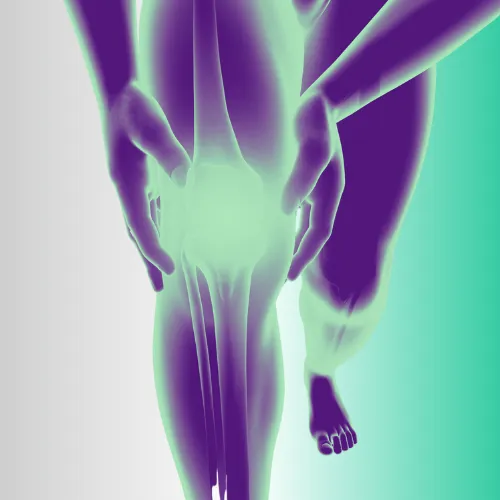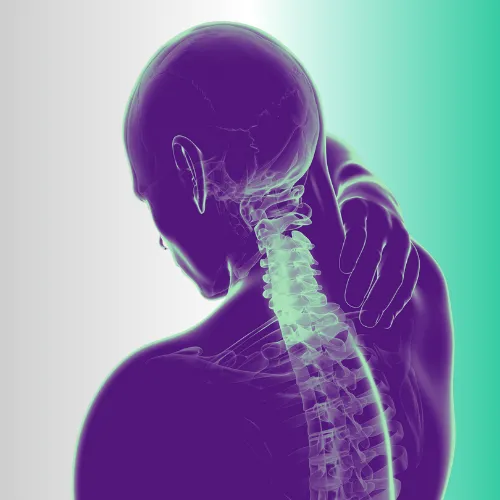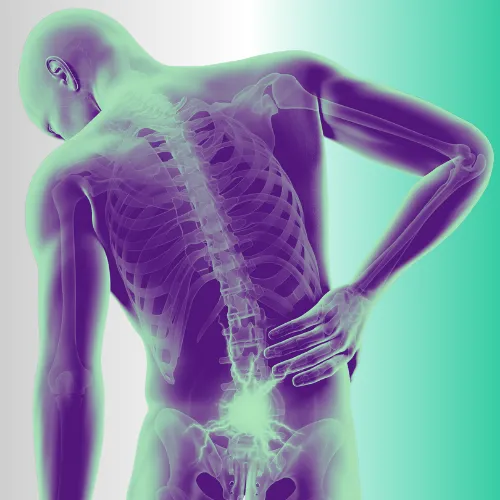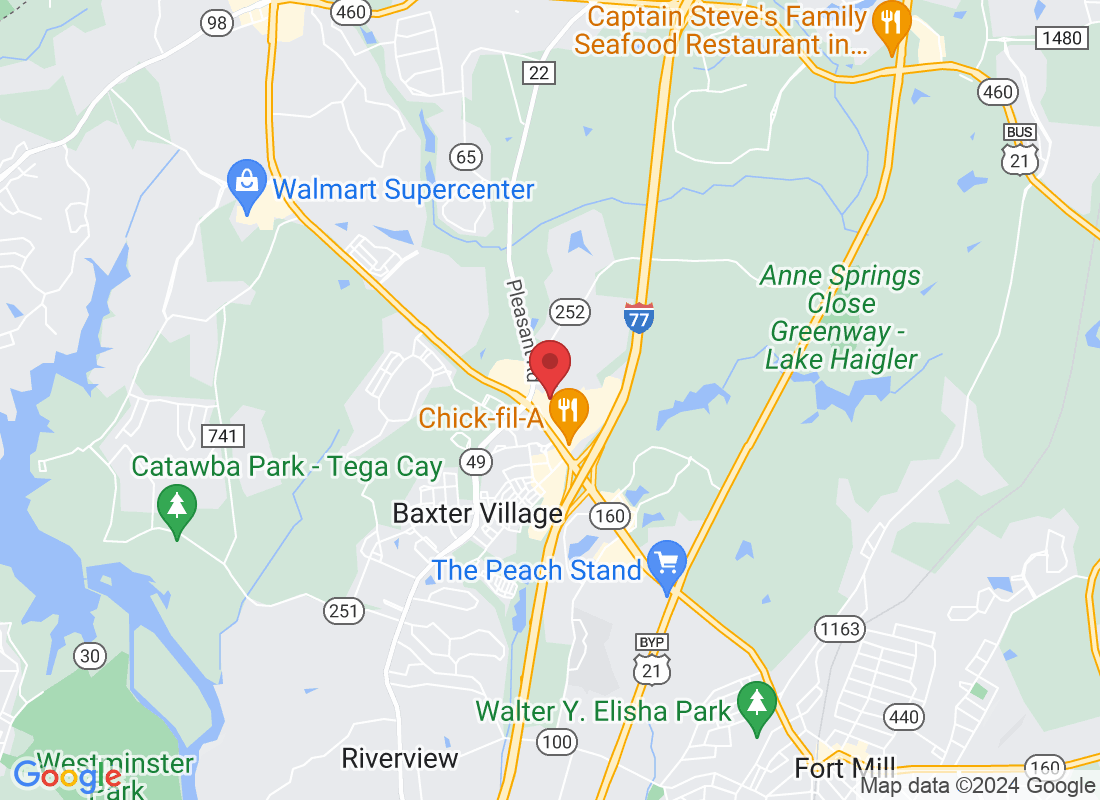Chiropractor In Fort Mill, SC
Are You Tired Of Living in Pain?
It's Time To Start Healing and Living Life Again!
Schedule Our New Patient Special The 4 Point Chronic Pain Assessment So We Can Find The ROOT Cause Of Your Pain...
And You Can Get Back To Doing The Things You LOVE!
Limited Time Offer: Pricing Subject To Change. Price valid for Wednesday, 04/24/2024

Join Thousands Of Carolinians Who Decided To Take Back Their Health And Start Living Happier, Healthier Lives And Schedule Now.


Meet The Experts Our Chiropractic Doctors
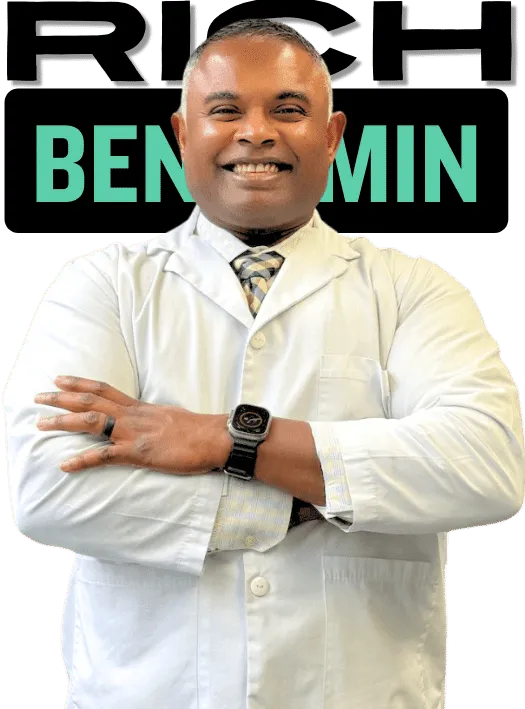

Dr. Rich Benjamin graduated from Sherman College of Chiropractic in 2005. He is certified in the Gonstead technique and was President of the Gonstead Study Club during his tenure at Sherman. Prior to studying at Sherman, he attended St. John’s University in NY and received a Bachelor of Science in Pre-Medical Studies. Dr. Benjamin practiced in his Indian Land office for 4 years and relocated to Fort Mill in June of 2011.
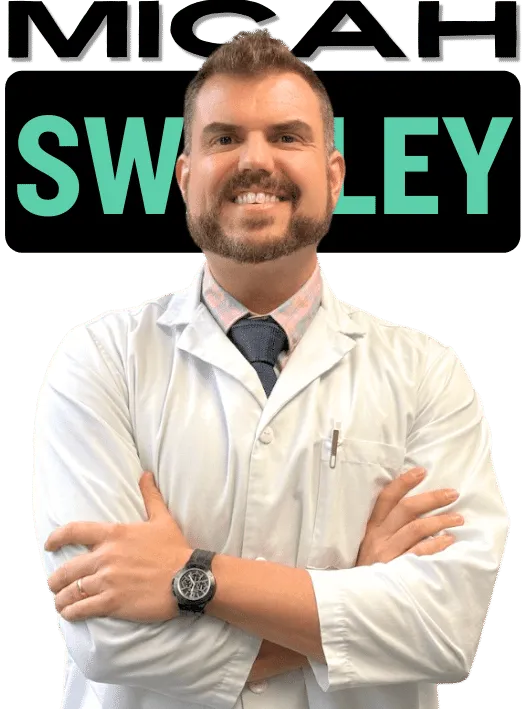

Dr. Micah Swalley graduated from Palmer College of Chiropractic in 2013. He graduated President of his class and certified in the Gonstead technique. During his studies at Palmer, Dr. Swalley joined a rigorous intern program where he dedicated himself to working at 4 offices in order to deliver the best patient care. Dr. Swalley owned a successful practice in Grand Rapids, MI before moving to the Charlotte area to join Gonstead Chiropractic Center.

We're Here To Help You Get Your Health Back!
If you're experiencing muscle weakness, numbness, tingling, burning or shooting pain, we can help.
If You're experiencing a stabbing pain in the bottom of your foot near the heel, we can help.
If you're experiencing shoulder pain, stiffness, loss of mobility, weakness or dull aching pain, we can help.
If you're experiencing knee pain, difficulty walking or standing up, joint stiffness, grinding/cracking, we can help.
If you're experiencing neck pain, stiffness, headaches, migraines, or pain that radiates, we can help.
If You're experiencing back pain, muscle spasms, difficulty bending, walking or standing up straight, we can help.

18
Years Of Service
25K+
Happy Patients
100+
5-Star Reviews
Gonstead Chiropractic Center is the leading experts for Chiropractic care in the Fort Mill, SC area.

We Love Our Patients And They Love Us TOO! See What Patients Are Saying About
Gonstead Chiropractic Center in Fort Mill, SC.
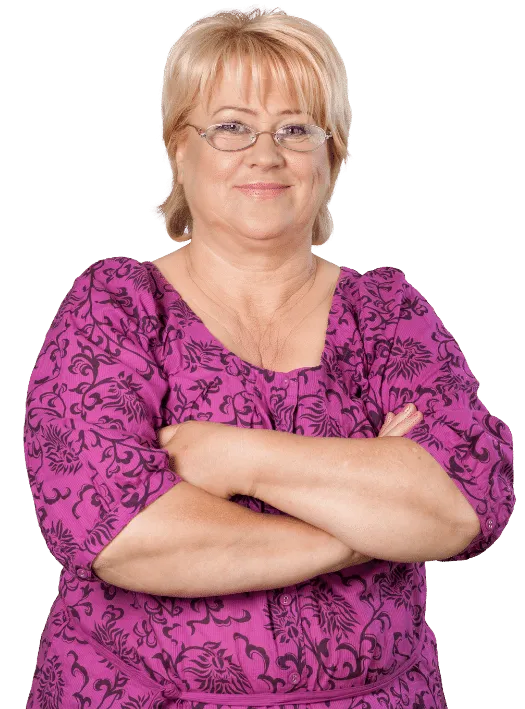

"NOT YOUR AVERAGE CHIROPRACTOR"
Dr. Benjamin is amazing...very caring and professional, and I have had such wonderful results with him, not just with my spine but my overall health. He helped me so much with my long recovery from COVID, physically and emotionally. He kept encouraging me and telling me he was going to help me, and he did and continues to do so. He’s not your average chiropractor, and the Gonstead approach is not your typical chiropractic treatment. With the periodic X-rays you can see the change with your own eyes, but you feel the change regardless. If you do your part and commit to his plan, you will see amazing results. The staff is very professional and friendly, too, and are so responsive and prompt. Gonstead Chiropractic Center has had a huge impact on my life!
"HUGE IMPACT ON MY LIFE"
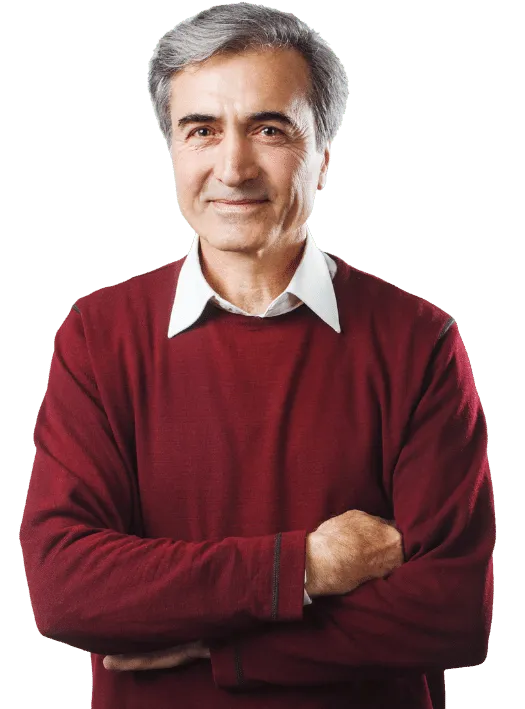

"I HADN'T FELT THAT GOOD IN WEEKS"
I was in incredible pain Thursday. I saw Dr. Swalley as an emergency visit. I could barely walk coming in, but after speaking with him and looking at my xrays he saw where I was having problems he did an adjustment and it brought tears to my eyes.
"BROUGHT ME TO TEARS"
I hadn't felt that good in many weeks. The next day I was a bit sore but 90% pain free. My wife has been a patient of theirs for several weeks now... these Dr's are the best around.
"90% PAIN FREE"


"STILL NOT TAKING DRUGS"
I was not diagnosed with rheumatoid arthritis until age 65. On a scale of 1-14...I tested 25 (how is that even possible?) The immediate recommendation was heavy drugs. I had never taken anything but an occasional aspirin. The RA doctor agreed to let me try to control the autoimmune monster with dietary changes. 6 months later... finally couldn’t take it so I went to get that prescription. A google search for “RA chiropractor” landed me in Dr. Swalley’s office (that same day.)! Now, I am so grateful to him every single day as I am doing really well! He truly has given me my life back and... still not taking the drugs!!! The office staff couldn’t be more professional or more accommodating. Dr. Swalley is personable, knowledgeable and available when you need him. It’s the best pain management that I can recommend!
"GRATEFUL EVERY DAY"
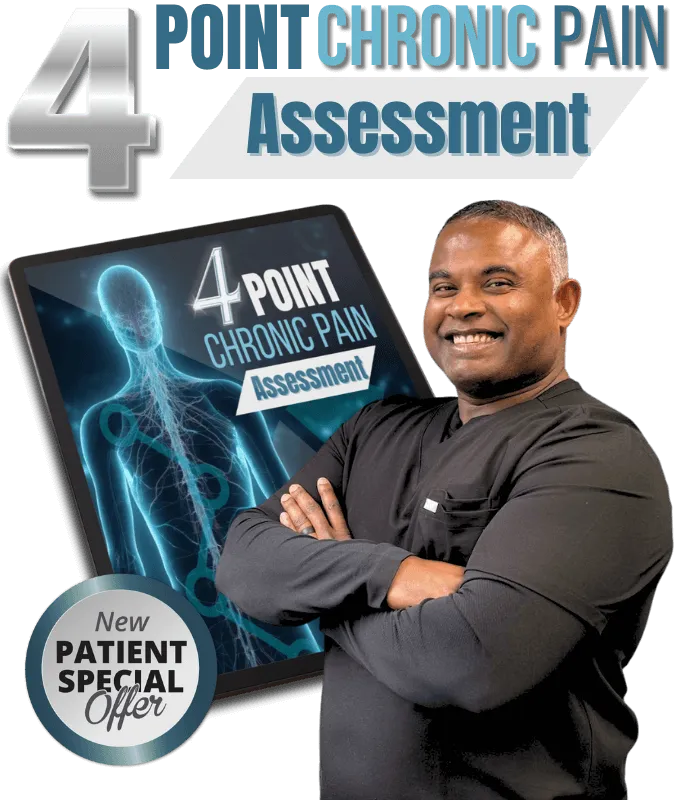

"Dr. Ben has given me hope for the first time"
I can’t say enough about Dr. Benjamin and his staff. The minute I walked into the office with my children, he knew their issues which are more complex in nature immediately. He is not only an amazing chiropractor but he is so personal and makes you feel like you are his only patient. Dr. Ben has given me hope for the first time. - Melissa Porterfield

Limited Time Offer Pricing Subject To Change. Price valid for Wednesday, 04/24/2024
Office Hours
Mon 8:00-12:30, 2:30-7pm
Tues 8:00-12:30, 2:30-7pm
Wed 8:00-12:30, 2:30-7pm
Thurs 8:00-12:30, 2:30-7pm
Fri - Sun Closed
© 2024 Gonstead Chiropractic Center - All Rights Reserved
The content of this website is intended solely for informational use. While every effort is made to ensure its accuracy, we cannot guarantee this. The information should not be seen as professional advice. Testimonials reflect individual experiences and are not indicative of future results for others. By supplying your contact details, you explicitly consent to being contacted through the provided communication methods.

